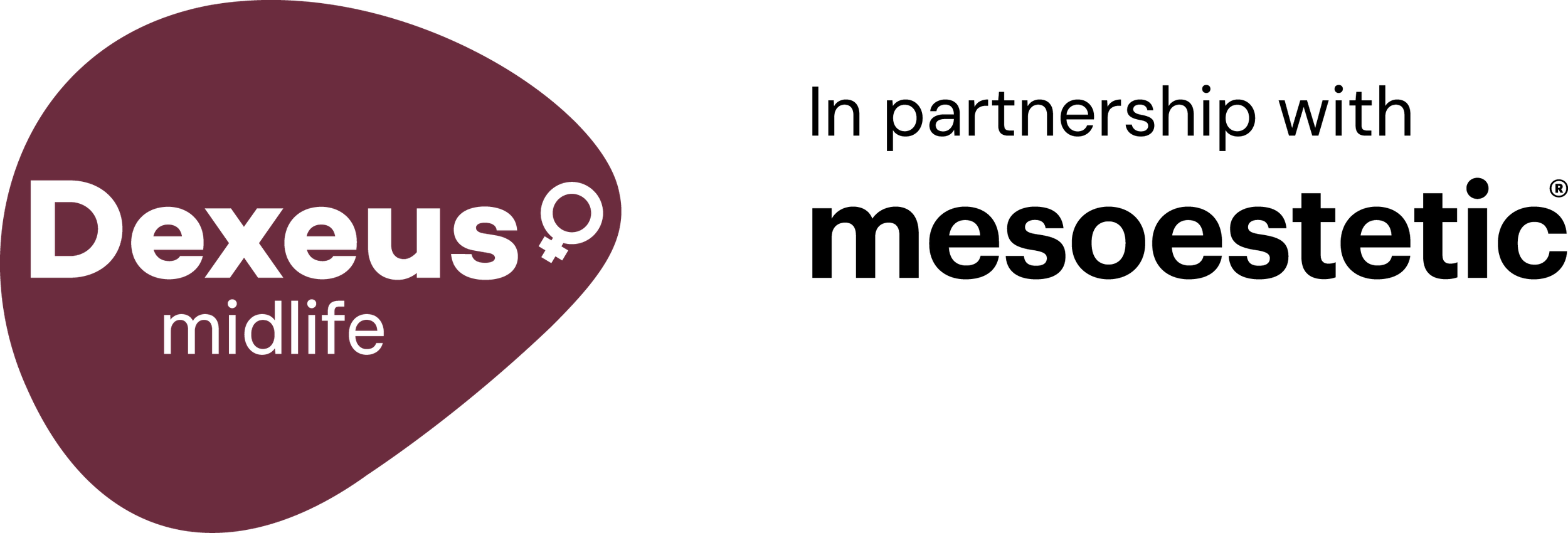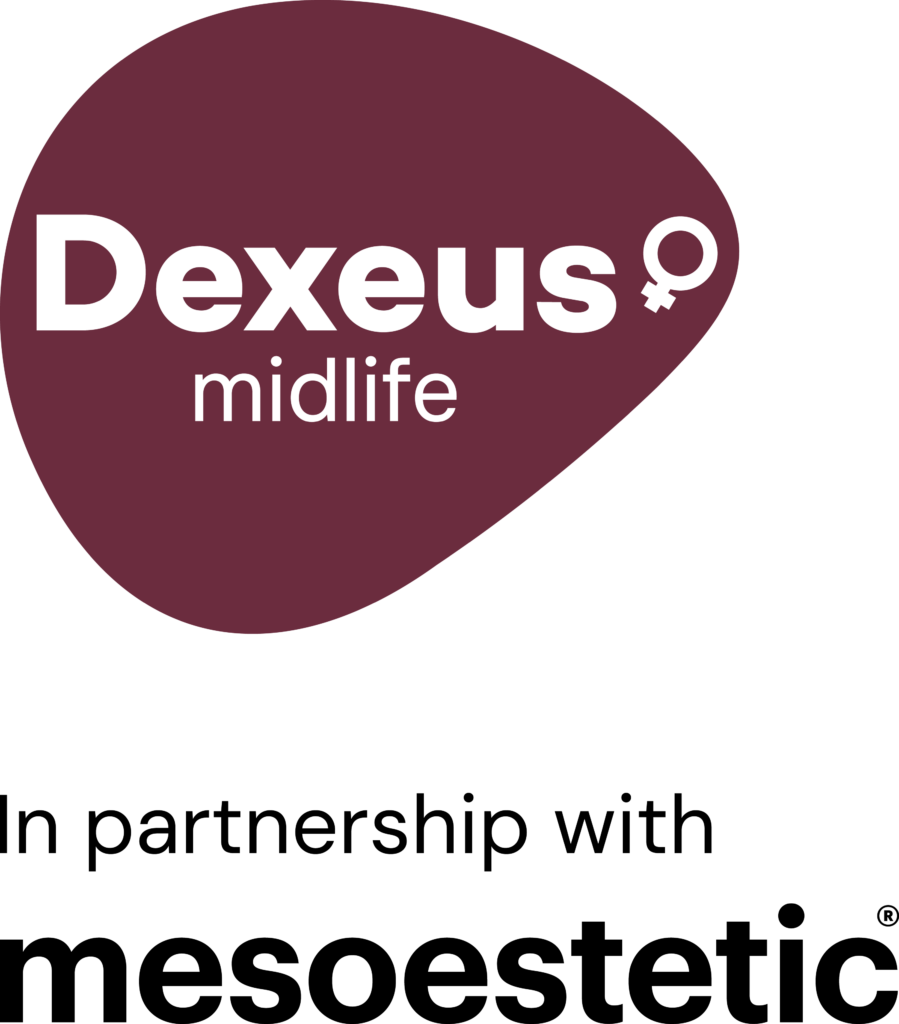Autologous fat grafting is a treatment that, as its name suggests, involves removing tissue from one area of the body and placing it in another area of the same patient. What is actually extracted are fat cells (adipocytes) and adipose-derived stem cells (ADSCs), which can regenerate tissues and repair any damage.
The sites most commonly used for harvesting are generally the abdomen, sides and the lateral part of the upper thighs (trochanteric area) since they are the areas scientifically proven to have the highest stem cell content.
The technique is straightforward and in the genital region it improves circulation, increases collagen and elastic fibres, tones tissues and helps restore volume.
It is a safe and biocompatible treatment as the tissue which is removed and then grafted comes from the patient and thus is not rejected. It can also be combined with other treatments such as laser, carboxytherapy, hyaluronic acid injection and hormone replacement therapy whether taken orally or applied locally.
What it is
The patient lies down on the table and first we apply anaesthesia as a cream to the genital area while we clean and extract the adipose tissue from the chosen site. Local anaesthesia is applied before inserting the cannula to harvest the tissue. Once it has been obtained, we process it and then apply it to the genital region by means of small injections and/or with a cannula depending on what we are looking to work on.
It is an outpatient procedure which is performed at the clinic and takes about 45 minutes.
What is the treatment indicated for?
- Menopausal genitourinary syndrome (improves vaginal hydration, tone and lubrication).
- Improving the appearance of post-surgical perineal scars.
- Vaginal hyperlaxity.
- Lichen sclerosus et atrophicus.
- Atrophic cystitis.
- Mild stress and urge incontinence.
Expected outcome
- It is not a conclusive treatment as it involves the patient’s own cellular and biological components which follow their own life cycle.
- It may involve more than one treatment session. An autologous fat grafting session is recommended every 12 months.
- Efficacy measured as clinical response varies from patient to patient. It may be lower in some women or the treatment may not be effective at all.
FAQs
Do I have to fast or do anything special beforehand?
Yes, you shouldn’t eat for at least 3 hours beforehand. It is advisable to have light, easily digestible food on the day.
Could there be any side effects?
Yes. Just like any other treatment, there may be side effects derived from the procedure itself. Treatment with autologous fat grafting may cause: bruising, ecchymosis, infection, fibrous oedema, hyperpigmentation or hypopigmentation of the skin, skin irregularity in the harvesting and grafting areas, asymmetry, oily cysts, embolism, allergic reactions.
Will there be scarring in the tissue harvesting area?
It is not common but can happen, which is why we contraindicate it in patients with a history of keloid scarring.
In which cases is it clearly contraindicated?
Active infection, active cancer in the harvesting or grafting site, pregnancy or breastfeeding, immunosuppression-related diseases, viral infection, use of immunosuppressive medication, current anti-clotting therapies or severe clotting disorder, history of keloid scarring, allergies to local anaesthesia, dysmorphophobia, severe physical debilitation. Relative contraindications include heavy smoking and the presence of non-absorbable material in the harvesting or grafting site.
What aftercare is required?
After the procedure, it is advisable to rest for a few hours and refrain from exercising. Antibiotic treatment for about 3 days is also recommended. Local cold compresses and moisturising creams can be applied after the first 24-48 hours. A check-up is recommended after the first month and regularly at 3, 6 and 12 months after the procedure.
Discover the experiences of our patients
I recommend it 100%
“Lorem ipsum dolor sit amet, consectetur adipiscing elit. Curabitur consectetur euismod tellus, vel pretium nulla. Vestibulum lobortis venenatis erat vel rhoncus. Phasellus volutpat tortor vitae nisl pharetra tristique. Sed ac nisi congue, posuere felis tincidunt, consequat risus. “
Carmen Rodríguez, Barcelona
Related treatments
Functional recovery laser treatment
Functional recovery laser treatment
Laser treatment induces a regenerative response at the cellular level that favours the synthesis of collagen and vascularisation of tissues,...
Read moreFunctional Magnetic Stimulation Chair
Functional Magnetic Stimulation Chair
Functional magnetic stimulation is a technique that uses electromagnetic fields of different intensity to tone the pelvic floor muscles....
Read moreVulvovaginal hydration
Vulvovaginal hydration
Treating the genital area with hyaluronic acid is one of the techniques we can use to hydrate the vulvovaginal area...
Read moreBio-regeneration with platelet-rich plasma (PRP)
Bio-regeneration with platelet-rich plasma (PRP)
Platelets are cell fragments present in blood plasma that naturally activate tissues' regenerative capacities. Therefore, they are used for therapeutic...
Read moreCarboxytherapy
Carboxytherapy
It consists of the infiltration of carbonic anhydrase (CO2) in tissues to promote an increase in blood circulation and to...
Read moreRegenerative mesotherapy
Regenerative mesotherapy
It is a medical technique that allows you to take vitamins and active substances through dermis microinjections into the skin...
Read moreIntimate depigmentation
Intimate depigmentation
Darkening of the skin in the intimate area in women is associated with ageing. There are minimally invasive solutions that...
Read moreLabiaplasty
Labiaplasty
It is a surgical procedure performed to reduce, reshape or correct asymmetries in the labia majora or labia minora of...
Read morePelvic floor physiotherapy
Pelvic floor physiotherapy
Hormonal changes and posture have an impact on the pelvic floor muscles. Often it is not seen or noticed until...
Read moreRadiofrequency
Radiofrequency
Radiofrequency is a cell activation therapy that stimulates the formation of collagen and elastin and increases blood flow, which makes...
Read more
